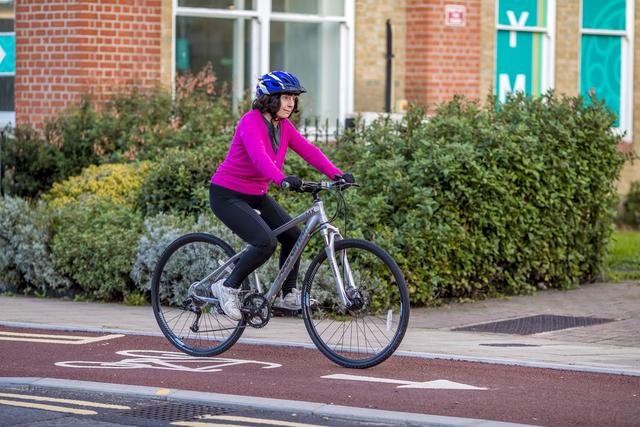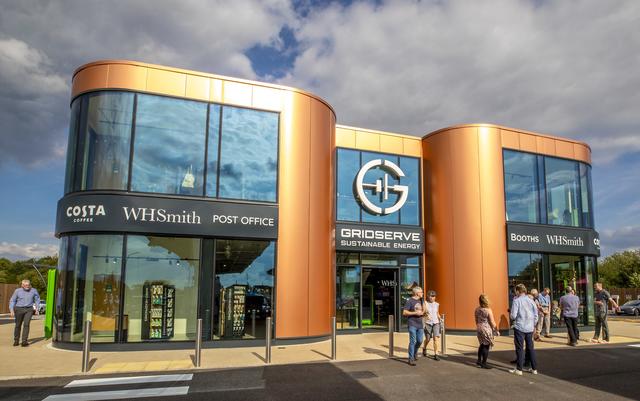It’s time to start thinking about how we get from A to B.
Cars are one of the most intensive sources of personal emissions. For example, a long journey from Essex to Edinburgh would emit nearly four times the carbon (CO2) of a coach or train. One mile in an average car can emit 11 times as much carbon as public transport per mile, or 88 times the amount of CO2 compared to an electric bus!
Essex has over 800,000 cars, and 59% of car journeys are under five miles. This distance could be covered comparably quickly by bike or public transport with far fewer emissions. Thousands of tonnes of carbon could be saved if drivers in Essex replaced a one-mile car trip each week with walking or cycling.

Alternatives to driving
- The first alternative to driving is to swap shorter journeys for walking and cycling on a traditional bike or an e-bike. The campaigns ‘Stop, Swap, Go’ and ‘Safer, Greener, Healthier’ both present numerous benefits and opportunities to travel by bike, which is beneficial to physical and mental health and reduces your environmental footprint.
- Taking public transport wherever and whenever we can is the next best bet. Services are improving year on year for this. Greater Anglia has improved its fleet to be more environmentally friendly. Similarly, recent improvements in bus services across Essex as part of Bus Back Better will help you to find a journey by bus easier, quicker, cleaner and more practical.
- Sharing journeys is another alternative that can reduce your environmental footprint. If destinations are the same, similar or en route, you could halve your emissions. Check out the Essex Carshare community to find car share groups operating across the county as part of the ‘Liftshare’ network.
- A more recent alternative travel option is DigiGo, which is a fully electric public transport service that offers on-demand or pre-bookable travel in parts of Essex. DigiGo operates a fleet of electric minibuses in suburban and rural areas of Essex, where residents may have limited access to existing public transport links. There is no fixed route or timetable, and you can book a journey now through the TravelEssex journey planning app.
Electric Vehicles
If public transport is difficult where you live, have you considered investing in or leasing an electric vehicle (EV)?
Switching to an electric vehicle can result in one of the most significant reductions in carbon footprint that an individual can make. A network of charging infrastructure is being installed across the county. One example is the GRIDSERVE Electric Forecourt in Braintree, which makes it easier to own or lease an EV.

If an EV is out of the question, then a slight adjustment to more careful driving can go far. Pollution is significantly decreased by speed reduction and refraining from heavy acceleration and braking.
Air travel
Planes have enabled long-distance travel in relatively short timeframes but have a massive hidden cost.
For example, a return business class flight from London to Hong Kong is equivalent to 10 tonnes of carbon emissions per person. To put this into perspective, the average carbon footprint in the UK is 12.7 tonnes of emissions per year. Scientists and governments worldwide committed to net zero consider this far too high.







